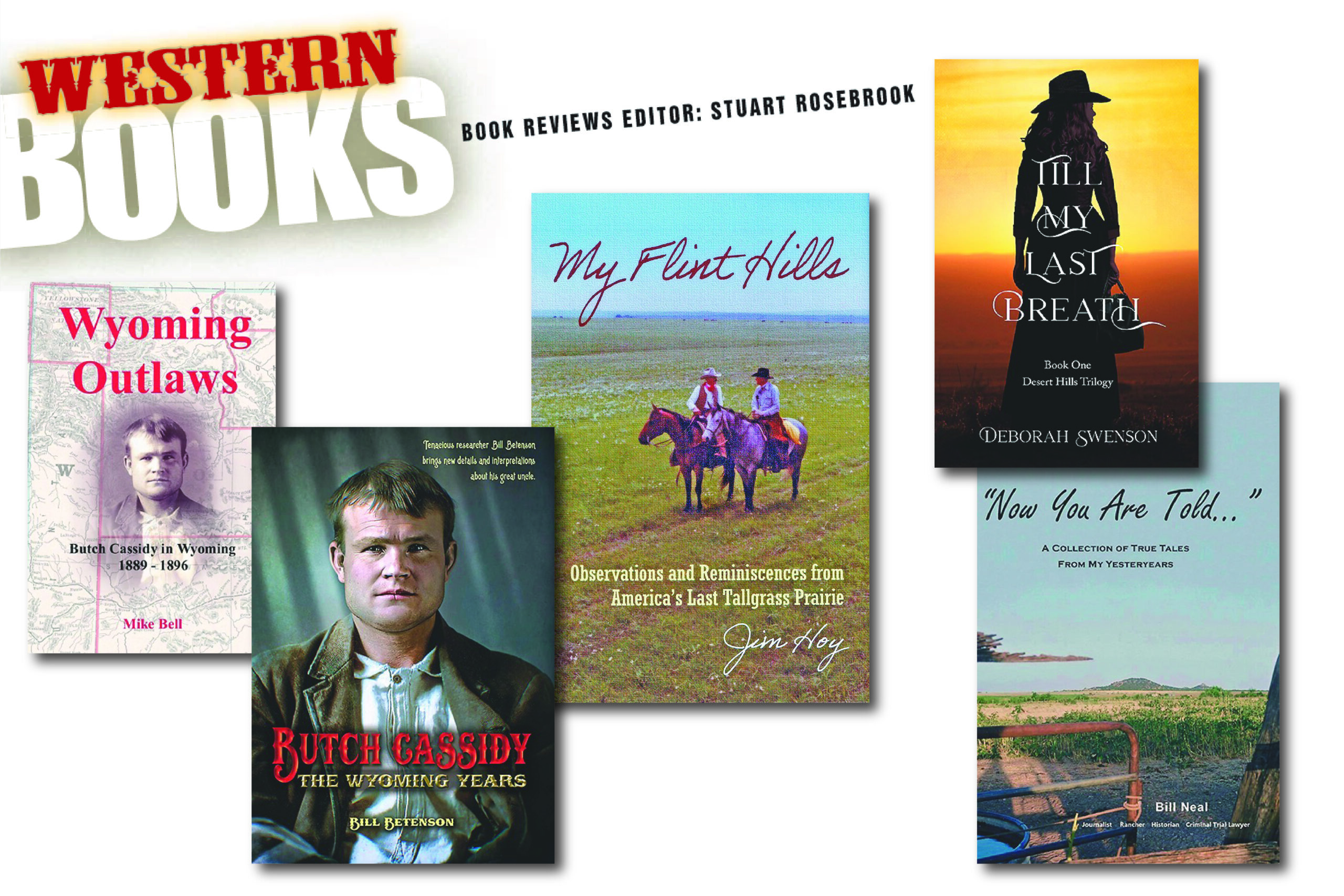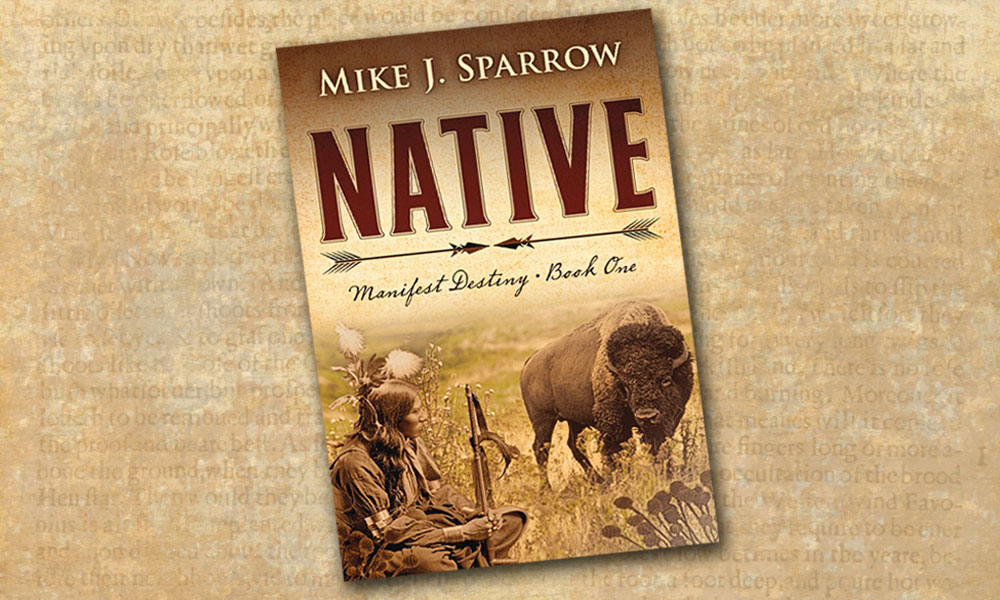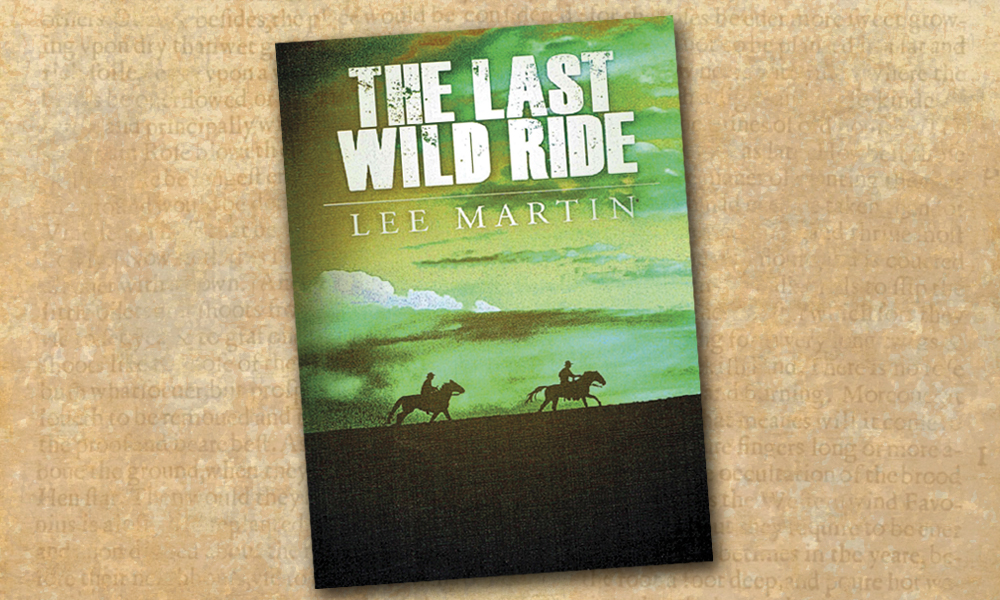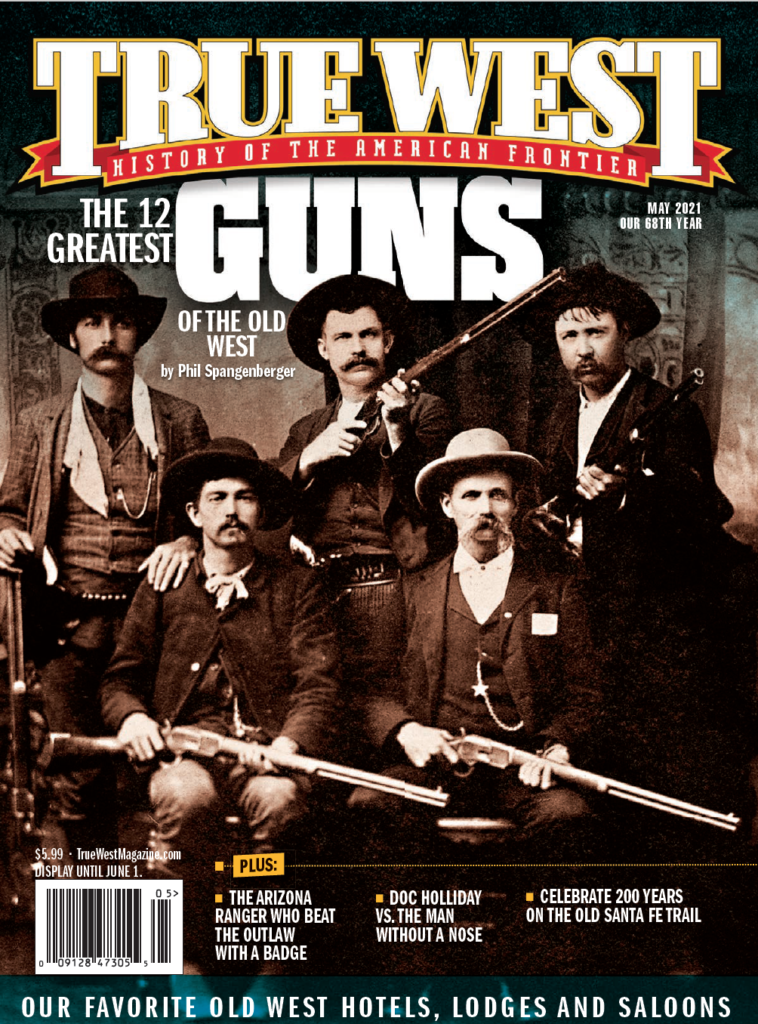Jim Hoy’s highly personal biography of the Kansas Flint Hills, two new biographies of Butch Cassidy, Bill Neal’s autobiography and Deborah Swenson’s debut Western novel.
From my earliest years, I remember my parents sharing with me their love of the American West and their app-reciation and knowledge of the West’s writers, artists, educators and filmmakers. I discovered quickly that I could travel great distances from North Hollywood, California, across the West through the pages of Western writers whose personal experiences and imaginations allowed me to saddle up right along with them and realize “firsthand” the majesty of the Rocky Mountains, the magnificent mystery of the Grand Canyon and the endless, waving, undulating sea of grass of the Great Plains. I know that if I had been given Jim Hoy’s My Flint Hills: Observations and Reminiscences from America’s Last Tallgrass Prairie (University Press of Kansas, $29.95) as a teenager, I definitely would have sought out the opportunity to explore the Flint Hills in my early years of cross-country travel.
Hoy’s highly personal collection of essays on life in the unique geographic, geologic and cultural zone of eastern Kansas and a dab of northeastern Oklahoma brings the region to life in literary style that can only be compared to our greatest Western writers. From putting up hay to a lifetime study of cattle guards and their historic origins (did you know they date to the Iron Age?), Hoy takes the reader—with the added touch of being an English professor—on a literary tour eons into the past of pastoral life, up to the present day of modern Kansas. Just read his chapter on coyotes and you will never think of the much-maligned animal the same ever again. “One of my favorite animals is the coyote, the beast that Mark Twain reviled as the ‘living, breathing allegory of Want.’ That same animal, however, was a deity in every tribe of Plains people, albeit a fallible one. To many he was a trickster, like Shakespeare’s Puck or the Scandinavian Loki; in others he was Promethean, the inventor of fire.”
After reading just a few chapters of Jim Hoy’s My Flint Hills, readers will quickly discover that he is one of the most important living chroniclers and cultural historians of the American West and the Great Plains. Hoy’s poignant and personal recollections and reflections on the Flint Hills and Southern Plains should be considered with Western authors lauded for their literary regional fiction and nonfiction such as Don Coldsmith, Tom Isern, Gretel Ehrlich, Edward Abbey, Max Evans, J.P.S. Brown, William Least Heat Moon, J. Frank Dobie, John Steinbeck, Mari Sandoz and Willa Cather. Even without having had the personal pleasure of meeting Hoy in person, the reader will immediately gain a sense of the man’s presence, his quiet strength, passion for teaching and his love of family, the Great Plains and his beloved Flint Hills of Kansas.
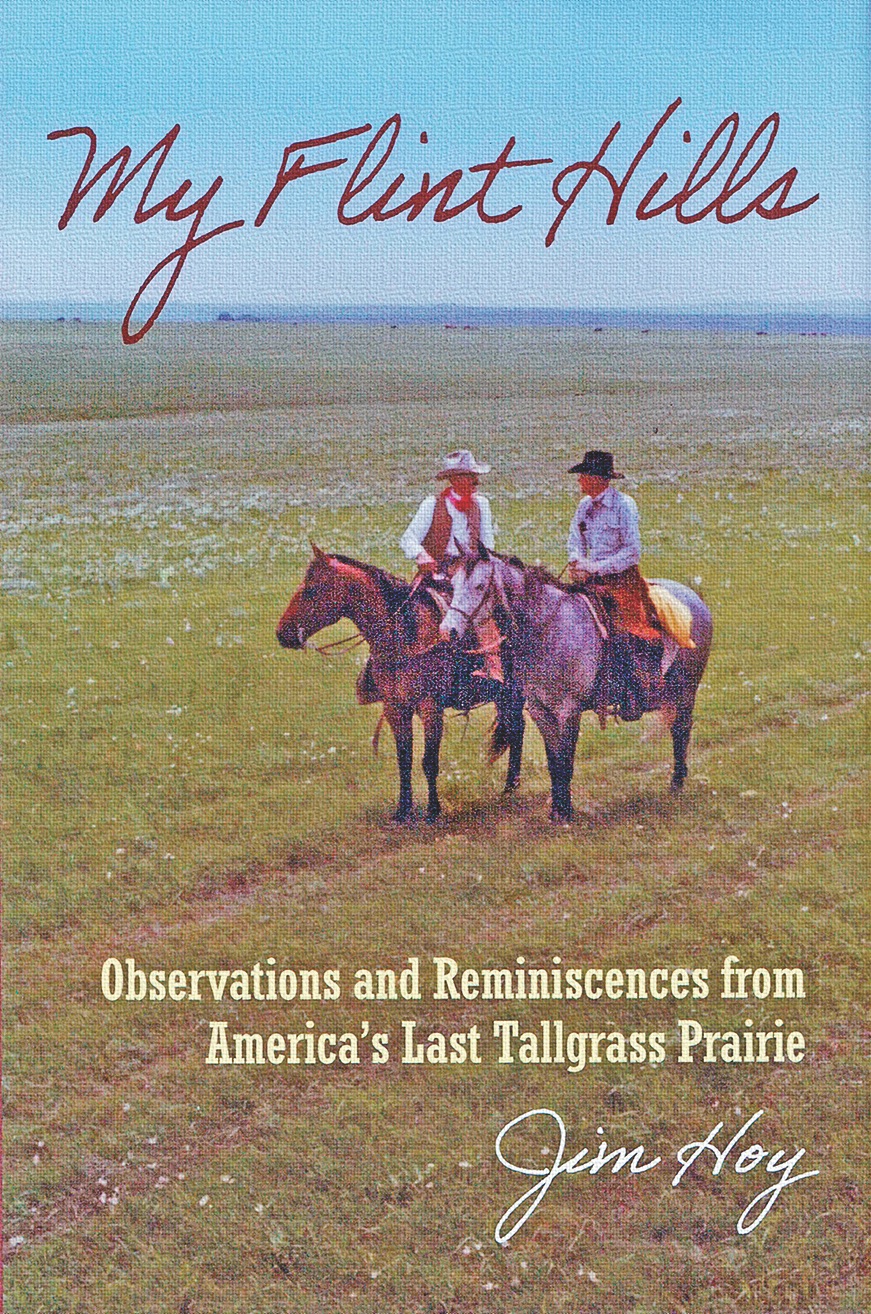
Just as a student of Evans, Dobie or Cather will undoubtedly be imbued with their respective ardor for New Mexico, Texas and Nebraska, a reader of Hoy’s My Flint Hills will gain an appreciation of the history, culture, people and seasons of the Flint Hills as if they had been his student at Emporia State University. (Lovers of lexicon will soak up his glossary of Flint Hills lingo, with the hope a Hoy-penned “Dictionary of the Great Plains” is in the chute.) Just as generations enjoyed Steinbeck’s Travels with Charlie and Moon’s Blue Highways, Hoy’s My Flint Hills will lead many to want to pack up and head to the last tallgrass prairie and experience it in person, from the ground up—or from the saddle—just as Hoy describes it after a day’s work gathering cattle for shipping. “The world of the Flint Hills, as with any real or imagined world, is transitory (frighteningly so), but maybe, sitting in my pen holding a different kind of pen, I can capture some of the poetry that is the Flint Hills, can fix it into a form as permanent as the flint rock itself.” Indeed, Hoy has done that for sure, now and forever, in the pages of My Flint Hills, a true classic of American Western literature.
—Stuart Rosebrook
The Marble Outlaw
Mike Bell is a champion in the field of outlaw history, and his most recent book is a testament to his life’s work chasing the true stories of long-dead bandits on the high plains. Wyoming Outlaws: Butch Cassidy in Wyoming, 1889-1896: The Great Western Horse Thief War and the Making of an Outlaw is published by the renowned English Westerners’ Society ($53) and clocks in at 729 pages. Bell, a resident of England, spared no shortcuts in the book’s 42 chapters. Wyoming Outlaws traces the life and crimes of Butch Cassidy, but also gives readers careful and critical analysis of the conditions of the period that allowed outlaws like Cassidy to prosper. Wyoming Outlaws wasn’t the only book published on the Wild Bunch in 2020.
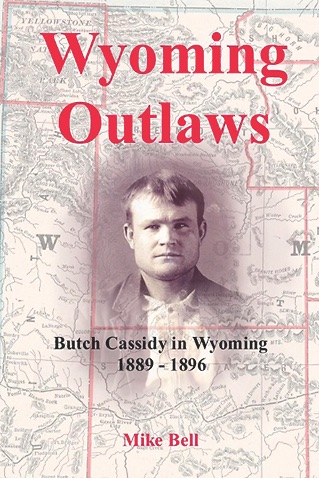
Author and historian Bill Betenson, a descendant of Butch Cassidy and author of Butch Cassidy, My Uncle (2012), revisits his notorious relative with Butch Cassidy: The Wyoming Years (High Plains Press, $19.95). As the book’s title suggests, Betenson analyzes the outlaw’s time in Wyoming. Masterfully re-searched and written in a lively style, the book brings a breath of life into the high range bandit.
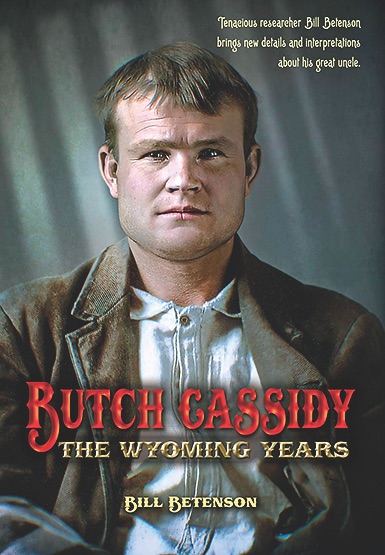
Bell and Betenson have spent considerable time documenting the lives and misdeeds of dangerous men. Both biographies look to raise questions and challenge old assumptions about the role of outlawry in Wyoming and beyond and will likely challenge the reader to seek broader answers within the context of American history.
— Erik J. Wright, author of West of Hell:
The Badmen, Hardcases & Intrepid
Lawmen Who Made the West Wild
A Teller of Tales
Bill Neal has not only educated us with his books on violence in the Wild West, the skullduggery and sex, murder and the “unwritten law” and the best book yet on the notorious killer for hire, James Brown Miller. He has now left the field of violence to tell us of his life and adventures in “NowYou Are Told…” A Collection of True Tales from my Yesteryears (Covenant Books, $34.95), a memoir of his years growing up in the Panhandle of Texas.
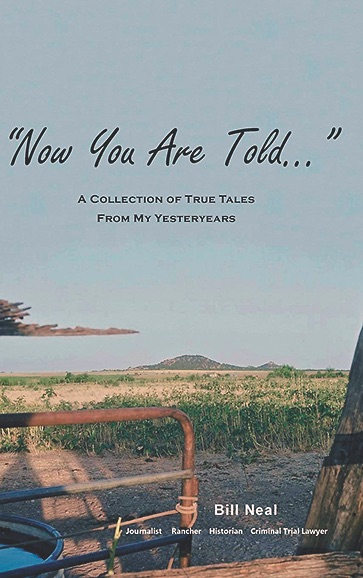
Neal graduated number one in the University of Texas Law School; his knowledge may have stunned judges and juries, but with this memoir, we can follow his growing up and learning life’s lessons. The numerous photographs add greatly to the book’s contents.
—Chuck Parsons, author of
The Texas Rangers
A Time-Travel Tale of Two Centuries
Till My Last Breath, Deborah Swenson’s debut novel (Bookbaby, $16.99), is a historical Western romance. It employs a time travel element, setting it apart from the usual Western-themed novels. With fast-paced action, scores to be settled, and a budding romance, there’s something for everyone. Descriptive sentences with an abundance of details combined with striking scenes create a colorful desert backdrop to make the story line pop.
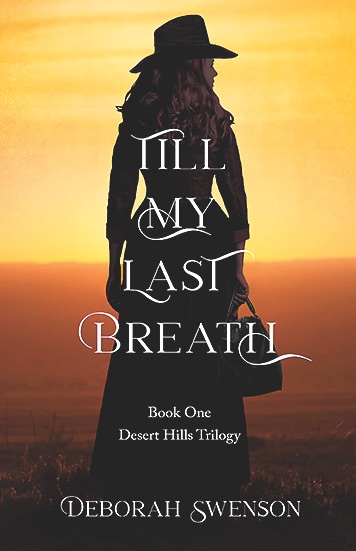
The heroine of the story is Dr. Emily Sweeney, a resourceful, resilient strong woman. She’s a 21st-century trauma physician in Seattle with a promising career. A tragic accident seals her fate. She instantly finds herself transported to 1880 Yuma territory, where she struggles to save an injured man. The novel reads at a breathtaking pace.
—Sue Ready, writer and owner of
Ever Ready Book Reviews
Rough Drafts
Stand Up for the First Amendment
Censorship is telling a man he can’t have a steak just because a baby can’t chew it.
—Mark Twain
Recently I’ve been following a series of social media conversations, newspaper reports and television commentary on the First Amendment. Inevitably, these discussions circle back to the current “cancel culture,” overt censorship, the suppression of speech and “reframing,” a new term that “warns” the viewer/reader that there might be material deemed by someone to be offensive or, even worse, “triggering.”
If you don’t like it, don’t read it, don’t watch it, don’t buy it, but don’t suppress it or censor it because you don’t like it or you think it might offend or upset the reader or viewer.
Sometimes—no, many times—the best literature, the best film, the best art not only offends, it makes us uncomfortable, challenges our own status quo and makes us reconsider a moral and ethical question, and if it is applicable, even reframe it for ourselves.
But that is Free Will—not a federal, state, county or local government agency, school board, network, newspaper or publisher censoring, suppressing, canceling or banning an author, book, show or film.
At True West we are committed to the First Amendment in principle and practice.
But we will also not stand for bullying or disrespectful language aimed at our editors, contributors, readers and larger community of writers, editors, publishers and supporters of Western writing and publishing. Please understand, we value your opinion, but please be respectful.
Remember the Golden Rule we all learned in childhood: “Treat others as you would like others to treat you.” Or as my mother always reminds me, “If you can’t say something nice, don’t say anything at all.”
—Stuart Rosebrook
A Prescott Historian Shares His Passion for Arizona History
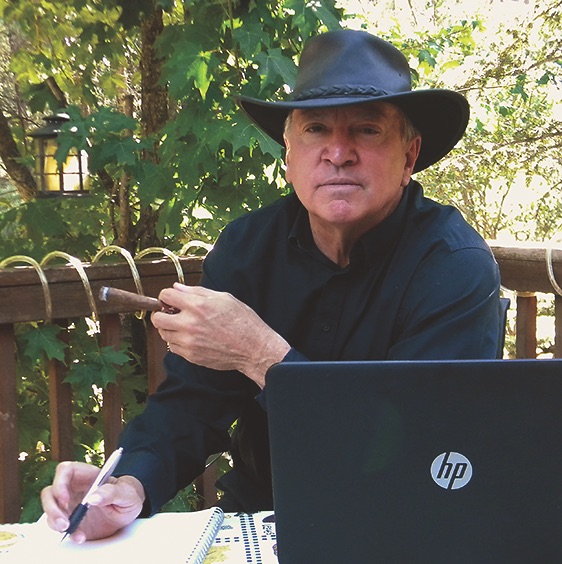
Bradley G. Courtney is widely known as Prescott, Arizona’s, Whiskey Row Historian. His books include Prescott’s Original Whiskey Row (2015) and The Whiskey Row Fire of 1900 (2019). Bradley, a former Colorado River boat pilot, is currently working on a definitive history of Prescott’s famous Palace Restaurant and Saloon, recently named True West’s Best Historic Saloon. Here are five must-reads for anyone interested in Prescott history:
1 Virgil Earp: Western Peace Officer by Don Chaput (Affiliated Writers of America, Inc.): Prescott was Virgil and Allie Earp’s favorite Western town. Chaput’s classic biography of Wyatt’s older brother proves the veracity of this statement.
2 According to Kate by Chris Enss (TwoDot): The lady with many names but best known as Kate Elder had strong connections to Prescott. Enss uses previously unpublished material compiled by “Big Kose Kate” herself to tell a fascinating and revealing story.
3 Rough Rider: Buckey O’Neill by Dale Walker (University of Nebraska Press): William “Buckey” O’Neill is probably Prescott’s most revered historical citizen. Walker’s biography is the final say on this charismatic man.
4 Junior Bonner: The Making of a Classic with Steve McQueen and Sam Peckinpah in the Summer of 1971 by Jeb Rosebrook with Stuart Rosebrook (BearManor Media): Jeb Rosebrook and Sam Peckinpah’s masterpiece was filmed almost entirely in Prescott. This hard-to-put-down book is both an inside and behind-the-scenes account that include stories involving such flammable personalities as McQueen and Peckinpah.
5 Wild Women of Prescott by Jan MacKell Collins (The History Press): Prescott’s historic red-light district ran parallel to Whiskey Row. Western prostitution historian Jan MacKell Collins tells the stories of the many “horizontal experts” of Prescott.

